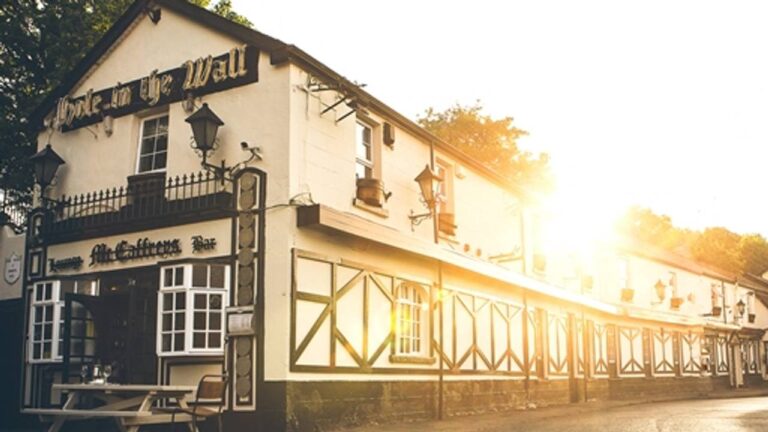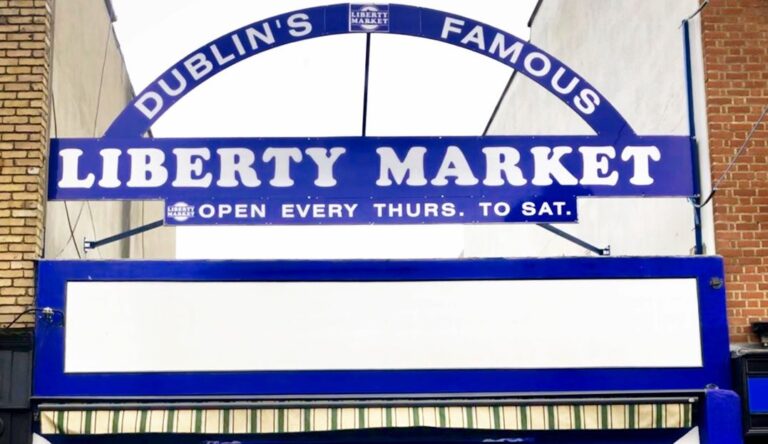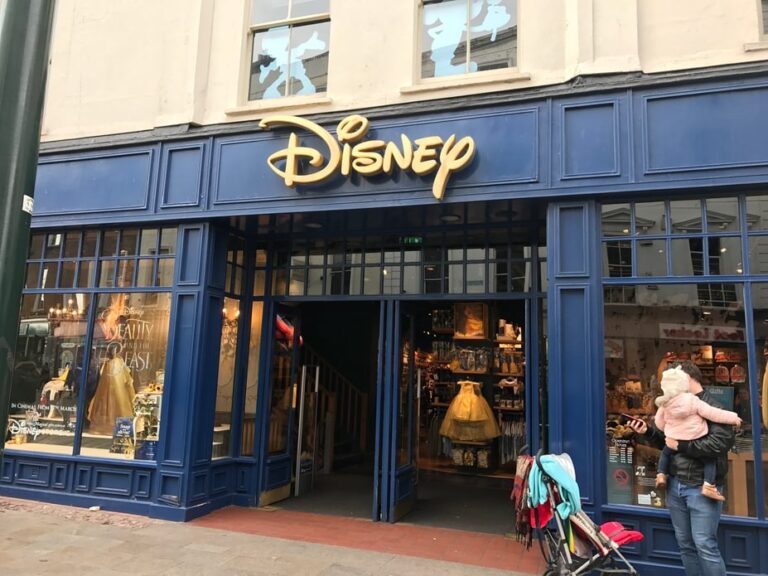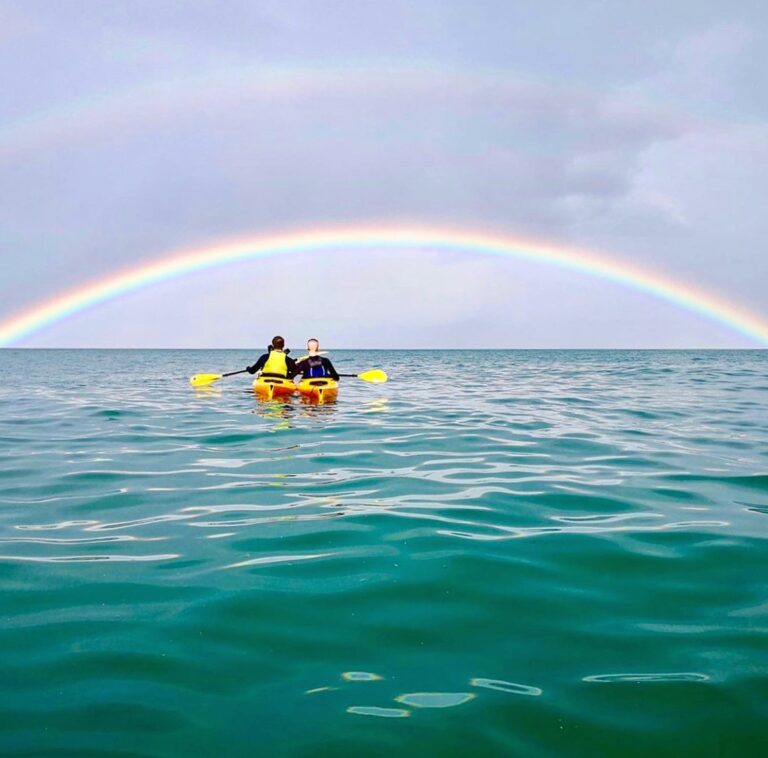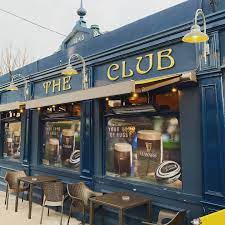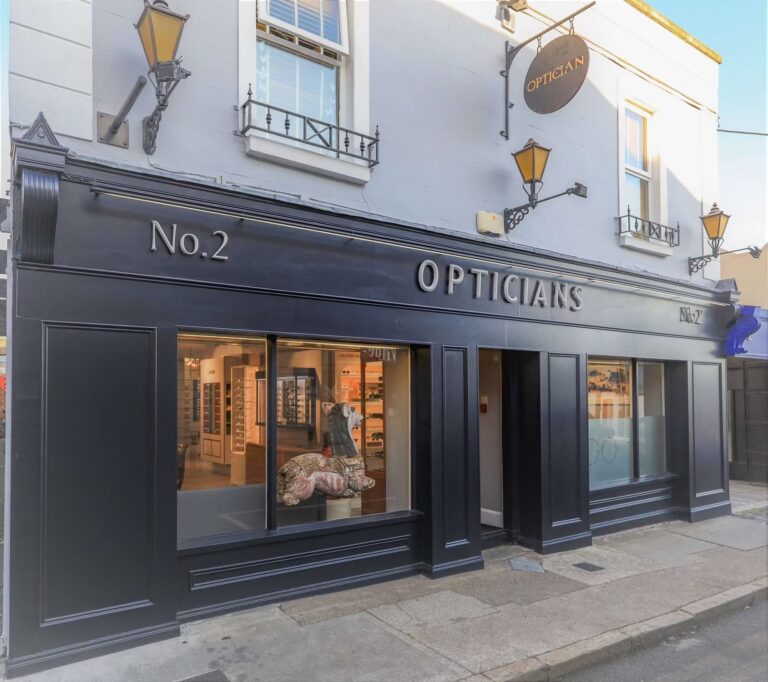Classic Irish fare and craft beers in exposed brick and beam pub with live music on Tue & Sat night. Read more…

×
×
×
Top car brands in Ireland. Alfa Romeo, Audi, Hyundai, Nissan, Toyota, Chevrolet, Jeep, Kia, Tesla, Citroen, Porsche, Fiat, Ford, Volkswagen, Land Rover, Mercedes, Range Rover, Peugeot, Renault and more…Find yours on Your Local Advertiser!
Finest in Fashion Clothing In Dublin
Get your business rated
Your Local Advertiser Dublin.
Visit our online directory with businesses, find a job, advertise a job, buy and sell in Dublin & surrounding area
If you wish to advertise in visit – Advertise with us
Finest Tradespersons & Building Trade & Suppliers in Dublin
Get your business rated
This is the beginning of your local advertiser, The Dublin Advertiser available in selected locations across Ireland. The Advertiser is available online.
Your Local Advertiser – The Dublin Advertiser offers you an up-to-date experience to find what’s on, what’s for sale, recommended trade persons to locate the rated trade person for the project of choice, where to watch important matches in the finest pubs, where to eat out or even explore the local café culture.
Your Local Advertiser gives the a weekly insight into the most competitive prices across the supermarkets with offers and vouchers for your shopping experience. Your Compare Grocery Spy that points you to the most beneficial shopping savings in the local supermarket weekly. Yourcompare.ie online and in your local Advertiser.
It’s local let’s support it!!!
Your Local Advertiser supporting local businesses, beating inflation and providing huge benefits to all throughout Ireland.
Property Trader
Visit our unique pages for real estate in our Your Property Advertiser displaying auctioneers and property for sale and rent with mortgage and loan providers in one hub. Your Property Advertiser is in multiple languages and hosts rated real estate agents across Ireland and covers the Mediterranean countries and most of Europe.
Auto Trader
You can also visit our Auto Car Advertiser sales and finance in your Auto Advertiser displaying the latest cars for sale and car hire along with commercial vehicles for sale and plant & machinery.
Kids
For kids, we offer a bi-monthly colouring competition with prizes bringing Dublin’s community closer together. You as a business have the opportunity to increase your sales and present your business in front of a huge audience.
Buy and sell
Visit the official Buy & Sell pages for Dublin City & county covering a large selection of items for sale privately and from rated businesses across Ireland. New and used items for sale.
Jobs
The Dublin Advertiser offers the best platform for jobs wanted and job vacancies for a quick and accurate decision. Look for a job, post a job, browse jobss in all categories in and around your area.
Business directory
The advertiser offers a full classified section covering medical professionals, cosmetics, dental professionals, education colleges, schools, universities, day learning centres, find rated trades persons, local, national and international crafts and much more.

Top fashion brands in Ireland.Dolce & Gabbana, Gucci, Ralph Lauren, Tommy Hilfiger, Nike, Adidas, Puma, Calvin Klein, Prada and more…Find yours on Your Local Advertiser!
Top tool brands in Ireland.De-Walt, Bosch, Stanley, Black & Decker, Hitachi, Milwaukee, Makita, Workx, Hilti, Husqvarna and more..Find yours on Your Local Advertiser!
Proud Sponsors Of Your LocalYour Local Dublin City & CountyAdvertiser

About Dublin
Sitting proudly on an island in the middle of the River Lee, Cork’s feelgood buzz surges through its hip coffee shops, vibrant art galleries, off-beat museums and seriously good pubs. Despite being a city, there’s a decidedly towny feel here – life is laidback, nothing is too much hassle.
About Dublin
Welcome to Dublin, a city that’s as intimate as a village and as friendly as an Irish pub. Framed by mountains, centered on a river and edged by a beautiful bay, the city’s streets and alleys are filled with vibrant art and historic buildings, hip cafés and traditional “old man” pubs, as Dubliners call them. Walk the streets and you’ll feel the energy of over 1,000 years of history, as echoes of the Vikings mix with buzzing boutiques, cobbled streets reverberate with the sounds of buskers, and 18th century parks play host to festivals, film and food markets.
Getting to Dublin
Although Ireland is an island nation, Dublin is closely connected to the rest of Europe by air and sea – and to the rest of the island by road and rail. Flights from Paris, Amsterdam, Brussels, Berlin and Luxembourg all take two hours or less. While flights coming to Dublin from UK locations like London, Liverpool and Edinburgh are even shorter.
Whether you plan to travel for business or pleasure, Dublin is a great base for your journeys. It’s just one of the many perks of living in the city.
Getting to Dublin by air
In 2019, Dublin Airport was one of the top 20 in Europe for connectivity. It’s unclear how the pandemic will impact its role as a travel hub in the long-term. But 46 airlines continue to connect the city to over 180 destinations in 40 countries across four continents.
For those travelling to Dublin from across the Atlantic, journey times start at around 7-and-a-half hours. Dublin Airport, along with Shannon Airport in the south of the country, offer US Pre-Clearance facilities. They are the only ones of their kind in Europe, making travel between Dublin and the USA particularly easy.
The airport, which is just north of the city, is easily accessible by road from the city centre. The journey takes around 20-35 minutes during off-peak hours.
Dublin Express provide a private bus service from Dublin airport to the city centre. It also links up with various train and tram routes. A one-way ticket will cost around €8. Aircoach also runs services which connect Dublin airport to the city centre, as well as other destinations around the country.
Regular Dublin Bus routes, like the 16 and the 41, also make their way out to Dublin Airport. Though they will take a little longer and won’t have luggage racks to accommodate your suitcases.
A taxi to the city centre will cost roughly €20-€35, depending on exactly where you want to go and what time you’re travelling. Many taxi companies around the city offer airport transfers for a fixed price.
Travelling to Dublin by ferry
Dublin is connected with England, Wales, France and the Isle of Man by regular boat routes. Travelling to Dublin by ferry will take longer than going by plane. However they offer a more relaxed experience and allow you to travel with your car.
Across three terminals, Dublin Port is served by four ferry companies: Irish Ferries, Stena Line, P&O Ferries and Steam Packet.
For foot passengers and car drivers, both Irish Ferries and Stena Line offer regular trips to Dublin from Holyhead in Wales. Irish Ferries also sails between Dublin and France, while P&O connects Dublin with Liverpool. Steam Packet sails to the Isle of Man once a week too.
So how long does travelling to Dublin by ferry take? Well, coming from Holyhead, the trip can take as little as two-and-a-half hours, but a ferry from France will take around 18 hours to arrive in Dublin.
More routes and sailing times are available from Rosslare Harbour in Wexford, if you’re up for a two-and-a-half-hour drive or a three-hour train ride from Dublin.
Dublin Port is easy to get to too. Irish Ferries and Steam Packet in Terminal 1 are accessible by coach, while P&O Ferries in terminal 3 is a short walk from Dublin’s Luas tramline.
The 53 bus route also serves Terminal 1 and 2 – the latter of which is home to Stena Line. Alternatively, a taxi to the city centre should cost less than €20. If you’re bringing your car, you’ll get there in no time at all.
SailRail
If the idea of travelling to Dublin by ferry appeals to you, but you’re not near one of the connecting ports, you can take advantage of a SailRail ticket. This is a combined train and ferry ticket, which allows passengers to travel from any train station in the UK to one in Ireland. (The route from London through to Holyhead in Wales is particularly scenic.)
If you are travelling from another European country, the rail link between Paris and London offers a route to Holyhead, where the ferry will take you to Dublin. Alternatively, you could consider boarding a train to Cherbourg and then a ferry to Dublin.
Getting to Dublin from other parts of Ireland
Dublin is on Ireland’s east coast, but it also lies around the midpoint between the north and south. This means it is easily accessible from all over the country. So short weekend breaks are a viable option if you want to explore more of Ireland or get out of the city for a couple of days.
By rail
Rail is an excellent option for travelling between Dublin and other Irish towns. All the major cities are connected by fast and reliable trains run by Irish Rail. Train lines connect Dublin with Belfast, Sligo, Westport, Galway, Cork and Rosslare (full selection of routes).
By road
Ireland’s ongoing programme of motorway building has largely focused on the needs of people travelling to and from Dublin. This means that road travel is often the fastest way to move between counties. During off-peak hours, the journey between Cork and Dublin should only take around three hours, while a journey to Belfast would take around two. The AA’s handy route planner can help you figure out which way to go.
To help you navigate the city after you’ve arrived, check out our guide to transport links within Dublin.
History of Dublin
Dublin’s history stretches back over a millennium. Back in the fourth century, the first known settlement here was built in the Cornmarket area of the city centre. It was called Áth Cliath – which means ‘Hurdled Fort’ and continues to inspire the modern Irish translation today. Since then, the city has seen many different settlers and undergone many changes.
A timeline of Dublin’s history
Around the sixth century, a monastery named Duiblinn – which is Irish for ‘blackpool’ – was founded. This is where the Vikings eventually arrived in the year 841.
After the Anglo-Norman invasion in 1170, Dublin became the capital of the English Lordship of Ireland. As a result, it was extensively populated by settlers from England and Wales.
The early 16th century was a particularly turbulent time in Dublin’s history. After King Henry VIII’s split with the church, monasteries closed and religious institutions with papal ties were destroyed. This also brought about a revolution in landholding in the city.
A large chunk of the city’s land belonged to the Priory of All Saints, which dated back to the 12th century. But this was handed over to the crown when the king introduced new laws. This land then became Trinity College – which was Ireland’s first university and still remains in place to this day.
By the end of the 17th century, Dublin was ruled by the new Protestant English minority and became the capital of the Kingdom of Ireland. In order to exert more control over the Catholic majority living here, oppressive Penal Laws were vigorously implemented during the Georgian Period.
By 1700, Dublin was the second largest city in the British Empire as the population reached 60,000.
The 1800 Act of Union, which created the United Kingdom of Great Britain and Ireland, meant that Dublin’s parliament was no longer active and business was now done in London instead. As a result, much of Ireland’s governing class, aristocracy and gentry left Dublin. As a result, the city slowly became more distinctly middle class and mercantile.
The old parliament building was sold to the Bank of Ireland, which remains on College Green to this day. Smaller houses were also constructed to accommodate the likes of merchants, doctors, lawyers and bankers. They generally lived in the Victorian suburbs, while the city centre was a place for business and home to the poor.
Contemporary politics and history
The politics of 19th-century Ireland were characterised by constitutional, social and revolutionary struggle. Many wanted to repeal the Act of Union and restore a parliament in Dublin. But the desire for self-determination only grew. Eventually, the Home Rule movement led to the struggle for total independence – some of which played out on the streets of Dublin.
The 1916 Rising, the 1919 War of Independence, the 1922 Anglo-Irish Treaty and the following Civil War all left their mark on the city. However, destroyed areas were rebuilt and Dublin became a capital once again. Today, the Irish government still sits in Dublin. Although it is now based in Leinster House on Kildare Street.
How does Dublin’s history impact the city today?
Today, Dublin is a vibrant European capital city. Yet, its history and heritage is still very much valued and visible.
Its medieval streetscape is faithfully preserved around the cobbled streets of Temple Bar. Stretches of the old city walls can still be found in Wood Quay and at St Audoen’s Arch too. Just outside the city centre, you’ll even find evidence of Dublin’s monastic history at the round towers in Swords and Clondalkin.
Strolling through Dublin, you’ll also see beautiful Georgian townhouses, Edwardian facades and Victorian parks. In some of these city centre buildings, you can also spot bullet holes which date back to the 1916 Rising.
As well as its built heritage, the history of Dublin also remains in its museums. You can discover more about the city’s vikings at the National Museum of Ireland on Kildare Street or get to grips with Dublin’s contemporary history at its Collins Barracks site.
Good To Know
One of the biggest benefits of living in Dublin is that you’ll never be bored. No matter how you like to spend your free time, you’ll find plenty of things to do right on your doorstep.
From festivals and nightlife through to sports and outdoor activities, Dublin has it all. It’s no wonder almost 9 million visitors came in 2019. As the capital city, Dublin is home to world class galleries, museums and tourist attractions – many of which are completely free to enjoy.
Art lovers can browse the National Gallery or the Hugh Lane, which house everything from Impressionist paintings to Caravaggio masterpieces. Whereas history buffs head to the National Museum to check out Viking remains and megalithic rock art.
For nature lovers, Dublin’s surrounding mountains and coast provide a getaway from city life. And, for the foodies out there, let’s not forget Dublin’s wonderful pubs, markets and restaurants. There is truly something to suit every taste.
Dublin City Map

Source from:










































